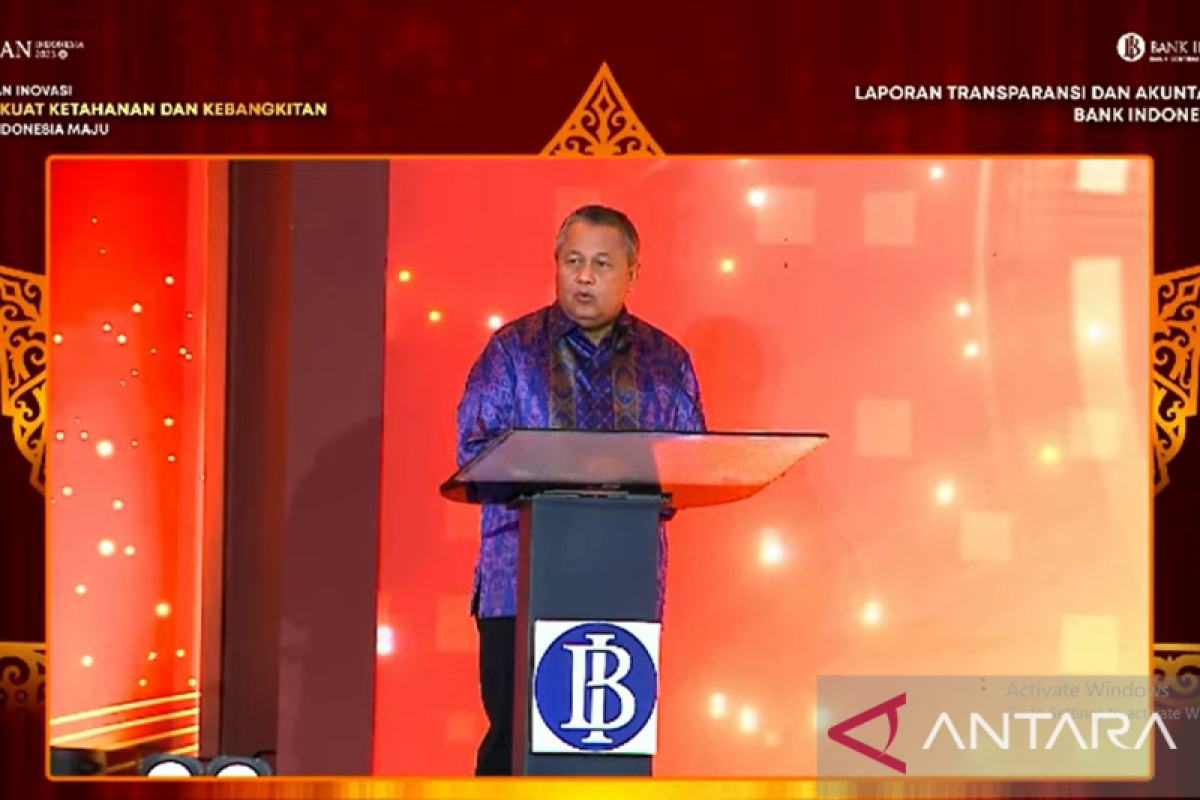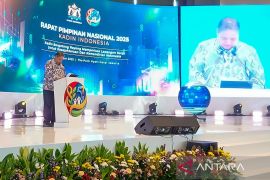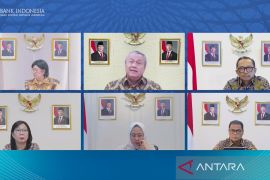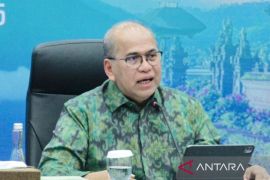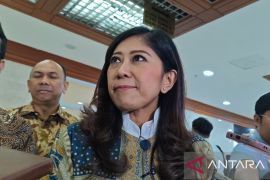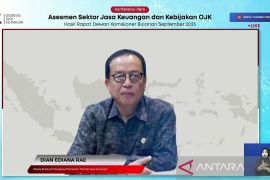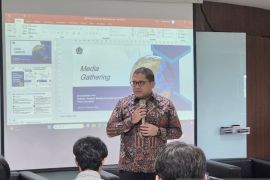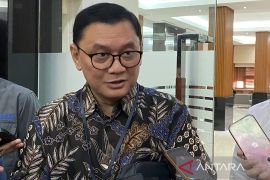"Around July, we will issue a proof of concept for Digital Rupiah to prepare Indonesia as a developed country with digitalization, digitization of payments, and also digitization of the rupiah," BI Governor Perry Warjiyo stated at the launch of the 2022 Bank Indonesia Transparency and Accountability Report (LTABI) in Jakarta on Monday.
On that occasion, BI launched the 2022 Indonesian Economic Report (LPI) and the 2022 Islamic Economic and Financial Review (KEKSI) as a form of BI's transparency and accountability.
Warjiyo noted that his side had met with potential players to function as Digital Rupiah wholesalers. Digital Rupiah, as one of the payment system policies for digital acceleration, is digital currency issued by BI and becomes the central bank's obligation to its holder.
He remarked that the Digital Rupiah will be issued in two types: Digital Rupiah wholesale (w-Digital Rupiah) that can only be used in a limited manner by central bank-appointed parties and only be distributed to serve wholesale transactions and retail Digital Rupiah (r-Digital Rupiah) that can be used by the public and distributed for retail transactions.
"We have met with big players, who we think have the ability to become wholesalers," he remarked.
According to Warjiyo, the Digital Rupiah is expected to be of a safer quality and be more efficient than the physical currency and current accounts at BI.
On November 30, 2022, BI launched a digital development design for the rupiah that was summarized in a white paper that outlined the formulation of Indonesia's Central Bank Digital Currency (CBDC) along with considerations of its benefits and risks.
The publication of the white paper is the first step of the Garuda Project, which is a project that underlies various exploration initiatives for various choices of rupiah digital architectural designs. The development of the Garuda Digital Rupiah Project includes conceptual design and integration of infrastructure and technology.
Warjiyo explained that development of the Digital Rupiah comprised three stages. The first phase of development will begin with the issuance of w-Digital Rupiah that will include functions and services for issuing, destroying, and transferring funds between parties. In the next stage, the varied functions and services of w-Digital Rupiah will be expanded to support transactions in financial markets.
In the final stage, end-to-end integration of w-Digital Rupiah with the r-Digital Rupiah will be tested. That approach allows the exploration of various Digital Rupiah design alternatives to ensure the most optimal added value, he affirmed.
Digital Rupiah will be built on robust design features and enable the development of new business models that are innovative and inclusive as well as drive efficiency, the governor stated.
Digital Rupiah will also be equipped with various features to ensure resilience, both in terms of security and availability, for instance, offline functionality, which also ensures the expansion of financial inclusion in underdeveloped areas.
In addition, Digital Rupiah will be equipped with programmability features that enable the development of innovation and financial efficiency, for instance, smart contracts. The tokenization of securities will also be developed within the Digital Rupiah platform to open up new opportunities for financial market deepening.
He explained that the idea of developing the Digital Rupiah is based on three main drivers that encompass the need for BI, as the only authority in issuing currency, to respond to rapid digital developments in the economic and financial sectors.
This step is necessary to maintain the sovereignty of the rupiah currency in the Unitary State of the Republic of Indonesia (NKRI) in the digital era.
He emphasized that BI also needs to develop the Digital Rupiah as an effort to strengthen its role in the international arena, as it will place Indonesia on the global CBDC development map.
Related news: BI choosing banks, payment actors for disbursing digital rupiah
Related news: Expect digital currency to stoke capital market growth: BI
Translator: Martha Herlinawati S, Resinta S
Editor: Rahmad Nasution
Copyright © ANTARA 2023
